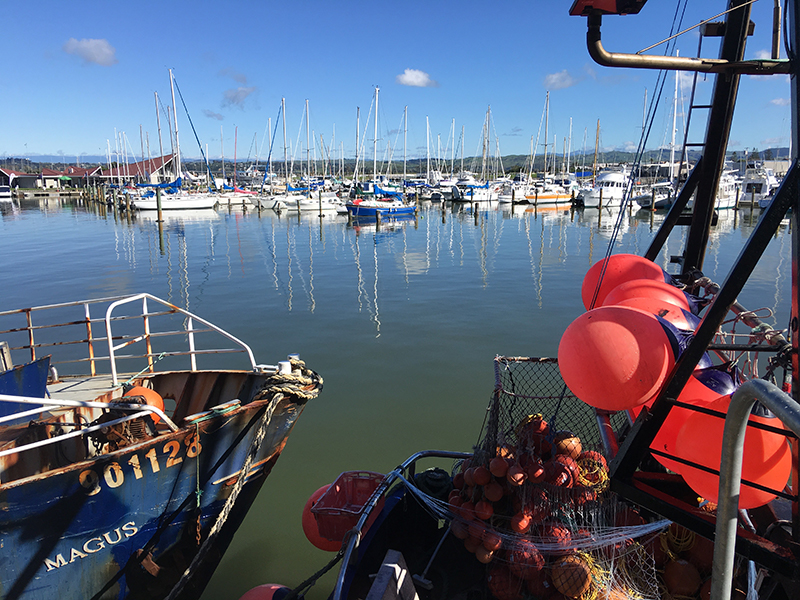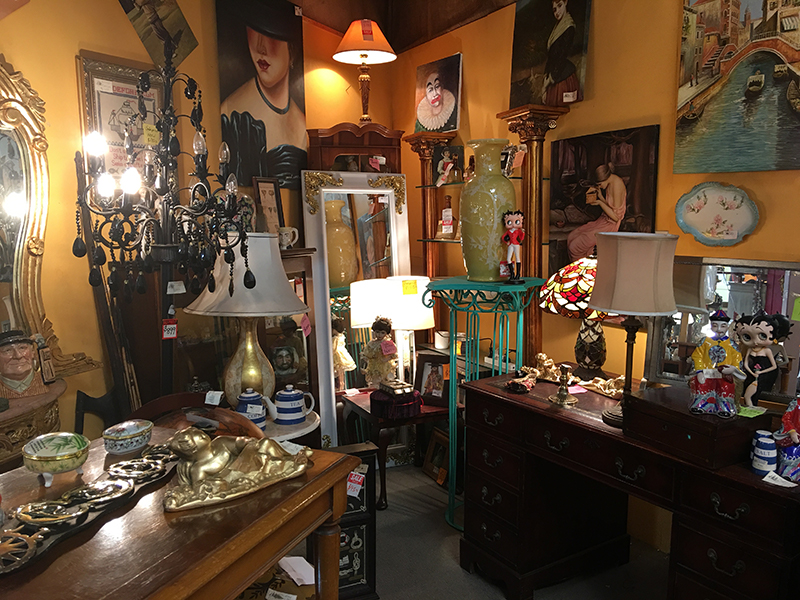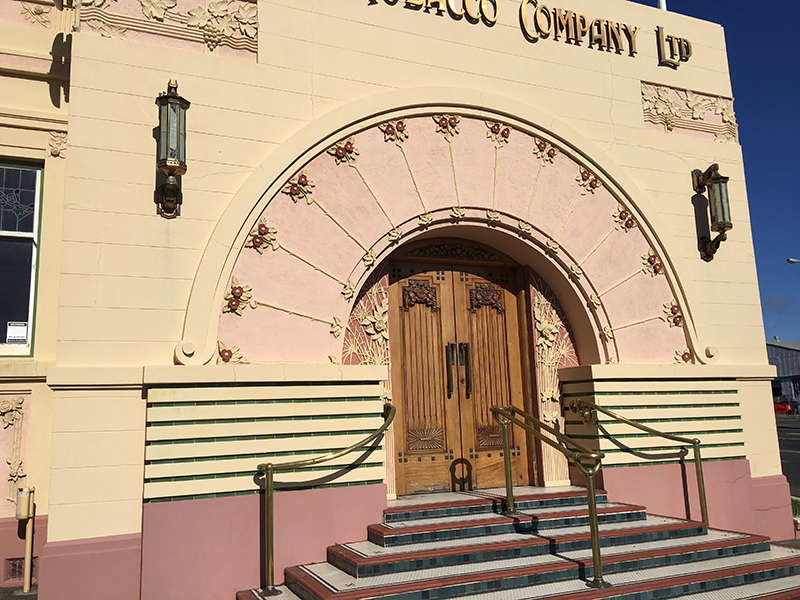I grew up in Hastings, and when I was young, Napier seemed like a foreign land. This was particularly true of the old port area known as Ahuriri, which my mother was determined I should avoid.
“Sailors linger around ports, even old ports,” she said. “They’re rough and unruly with one track minds and they can’t be trusted around young girls.” I didn’t know what a one track mind was, but for the adolescent me, the sinister sounding reputation meant Ahuriri immediately became a ‘gotta-do’, and I did, but there didn’t seem much of interest, just rows and rows of saw-roofed wool stores, fishing boats, and a pub or two.
Adding to the intrigue was the stretch of road from the city that winds past the current Napier Port on the way to Ahuriri. It passes beneath the Napier Bluff and rumour had it back then that during the big shake of 1931, part of this rearing cliff collapsed and one of the people it engulfed was a ‘Chinaman’ trapped in his car, neither of which were ever recovered.
Even today, I can’t drive the route without thinking of him, if indeed he ever existed.
In 1855, Ahuriri was the earliest settled area of Napier because it had a port that offered safe mooring for sailing ships. But this small semi-island between the sea and an inner harbour was not ideal, as it was prone to flooding and land access was difficult. Napier’s earthquake, in 1931, forced the port to be relocated to its current site nearer Napier.
Nautical times
Today, it is not an entombed man or roguish sailors who make Ahuriri compelling. The old port has been revved up and reinvented, retaining some of its old character from the days when woolstores, shipping offices, and industrial buildings crowded its docks.
Signs pronounce it a ‘historic fishing village’, which conjures up weathered seafarers smoking their pipes and singing sea shanties as they mended their nets.
I somehow can’t marry that image to the Ahuriri of today. The most discernible village atmosphere is in the cluster of cafes and shops and the stretch of waterfront where a line of tall Norfolk pines march along the rocky foreshore. Behind the village, trains and wheeled behemoths thunder along on their way to Napier Port.
Setting Sail
But fishing is still pivotal. The pale skies of autumn were just rolling in when I went to West Quay. A few weeks before, the cyclonic storms had got their claws into the coastline. Although any damage had been cleared, the sizeable fishing fleet was still berthed against the quay and the dock was alive with the activities of onshore sailors who are expecting to go back to sea any minute. On the far bank, there were also plenty of sailors milling around the Napier Boating Club. Looking like a host of white butterflies, a flotilla of Optimists was setting sail for the open waters of the harbour.
LOUNGING AROUND
A typical way to spend time in Ahuriri is to lounge on the deck of one of the restaurants that have taken over the old wool stores along West Quay—Gin Trap, Thirsty Whale, Maxi Mama, Hep-Sat Mooch, and the Irish pub in the old New Zealand Shipping Company building, to name a few.
From there, as you imbibe, you can keep an eye on the activities of the harbour and the cyclists, and casual strollers who wander the dock. At night, this area is apparently electric with bands, revellers, diners, and most probably sailors. I couldn’t possibly say, as we were tucked up in the caravan by early evening at a place called Perfume Point near East Pier.
This handy knob of land that juts into the sea provides parking and a CSC freedom camping area for four vehicles. Identified by a squat, decorated lighthouse, it is the perfect spot to view the inner harbour, Westshore, and the

The road to Milford Sound
Explore the awe-inspiring journey to Milford Sound through Fiordland National Park – from scenic DOC campsites and iconic hikes to wildlife cruises and luxury stays








